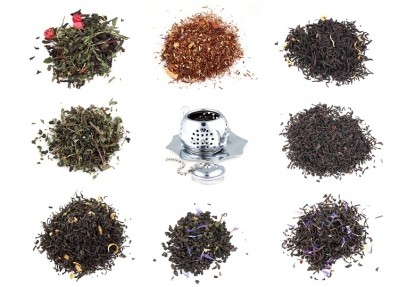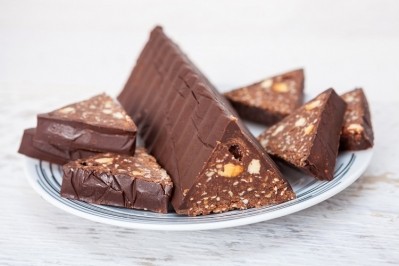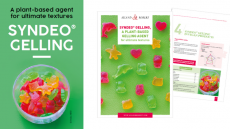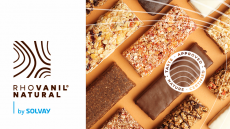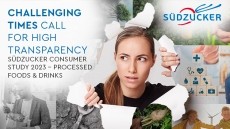Why is the price gap between private labels and national brands narrowing?
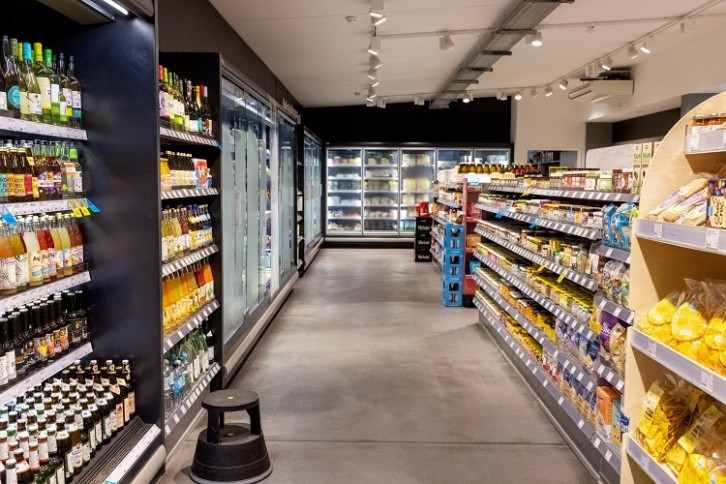
Private label brands, otherwise known as supermarket-own brands, have long been seen as a cheaper alternative to national brands, the ‘big’ brands whose names you’re likely familiar with.
However, recent research from marketing insights company Circana suggests that the price gap between private label brands and national brands is narrowing.
Private-label growth
According to Circana’s data, which was collected across Europe’s six largest markets (France, Italy, Germany, Spain, the UK, and the Netherlands), private label sales are still growing. So far this year, national brands have shrunk, in volume sales, by 1%, whereas private labels have grown by 1.7%.
“Shoppers see comparable variety of products, taste and flavours, healthier and sustainable options, innovative new products and even local brands at better value for money - even though they are by no means less expensive,” Ananda Roy, senior vice president at Circana, told FoodNavigator.
“Private labels face the same inflationary pressures as national brands but are able to offer comparably better value.” But this loser cost is getting steadily less the case.
Private label price increases
While traditionally seen as the cheaper option, the gap between private label brands and national brands is narrowing. This, suggested Roy, is largely because retailers are facing the same pressure as large FMCGs companies.
“Brand manufacturers and retailers face significant wage growth to their own employees, volatile commodity prices and supplier costs (farmers, dairy farmers, energy, distribution and insurance), investment to make their supply chain less energy intensive, reduce waste and among retailers, reduce shoplifting.
Falling volume sales
The fall in volume sales for food and beverage has been reported by a range of multinationals including Unilever and Mondelēz International. This is a strong contrast with overall growth due to rising price.
“One under-reported area of costs is not only supply but managing higher level of inventory of ingredients (bought at high prices) or stock to maintain distribution and avoid expensive stock-outs. The bulk of these costs eventually feed into the prices consumers pay.”
Inflation is still a major factor as well. “Retailers face the exact same inflationary pressures as brands; and at a time when brands have increased prices between 15-20%, see no reason to be the cheapest on display items or to promote heavily.”
Private label brands have been making strong headway not only in spite of rising prices, but in spite of intensifying promotional efforts from national brands, Roy added.
The push of rising commodity prices
A major reason for the narrowing of the gap is the increase in prices of major commodities and foods. Commodities such as cocoa and sugar are going up, as well as foods such as butter and olive oil. Such a push affects private label brands, who use the same commodities, just as much as it does national brands.
There is a myriad of reasons why commodity prices are rising. “Commodity prices have risen due to unseasonable weather affecting harvests (onions, olives, sugar), small-plantations being exposed to inflationary pressures (for cocoa), lack of scale in demand for organic foods as more is diverted to Asia who are willing to pay higher prices, shortages of eggs due to Avian Flu decimating bird stocks, and geopolitics creating shortages of fertiliser (Ukraine) and export products passing through the Suez Canal,” Roy told us.
Will private labels price-match national brands?
While last year we were told that consumers often ‘don’t see a value gap’ between private labels and national brands, price has previously been a key differentiator between the two categories. So will this differentiator disappear completely?
It is ‘very unlikely’, suggested Roy, “though the gap between the two will have considerably narrowed in commodity staples. It will only continue to be wide in categories where private labels have not been able to gain penetration such as alcohol and confectionery.”
Despite the success of private label brands, penetration is low in some segments, such as drinks, alcohol and confectionery.
